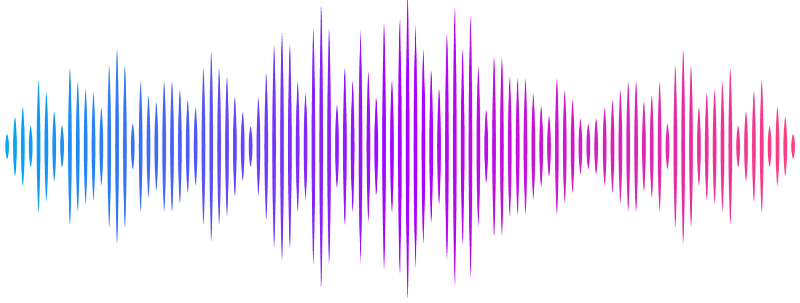Using rotational integration of oblique interferometric scattering (RO-iSCAT) to track axial spatiotemporal responses of membrane protrusions

Using rotational integration of oblique interferometric scattering (RO-iSCAT) to track axial spatiotemporal responses of membrane protrusions
Lee, W. M.; Liu, J.; Lim, Y. J.; Herrmann, D.; Timpson, P.; Phan, T.; Liu, H.; Guo, M.
AbstractDespite the crucial importance of dynamic membrane protrusions for understanding phagocytosis, cellular communication and mechanobiology, current imaging modalities struggle to quantitatively track their real-time, 3D spatiotemporal dynamics with sufficient molecular specificity and minimal perturbation. Many membrane protrusions studies still utilize confocal microscopy where its axial resolution and high phototoxicity remains a key limiting factor for live axial imaging. We discovered that multiple rotational oblique interference scattering (RO-iSCAT) leverages off-axis illumination to induce a larger lateral shift in out-of-focus iSCAT signals compared to in-focus signals. This phenomenon provides a foundation to generate speckle-free widefield interferometric signals with a 10-fold signal to noise ratio improvement, eliminating the need for any background subtraction. RO-iSCAT enables real-time, label-free, and minimally invasive imaging of diverse membrane protrusions within complex co-cultures. RO-iSCAT enables nanoscale-sensitive tracking of membrane protrusion dynamics along the axial direction. This allows for the construction of dynamic axial variance maps, facilitating quantitative measurements of membrane protrusion formation at tens to hundreds of nanometer displacements, without requiring 3D volumetric imaging. RO-iSCAT empowers real time quantitatively dissection of the axial spatiotemporal complexities of membrane protrusions and unlock future insights into fundamental processes like cell migration, durotaxis, and intercellular communication.